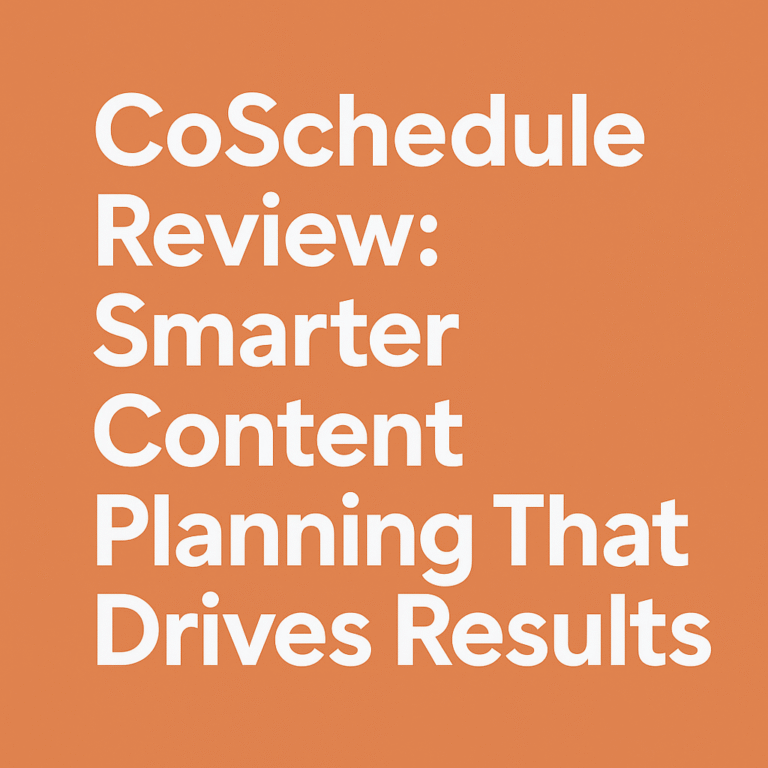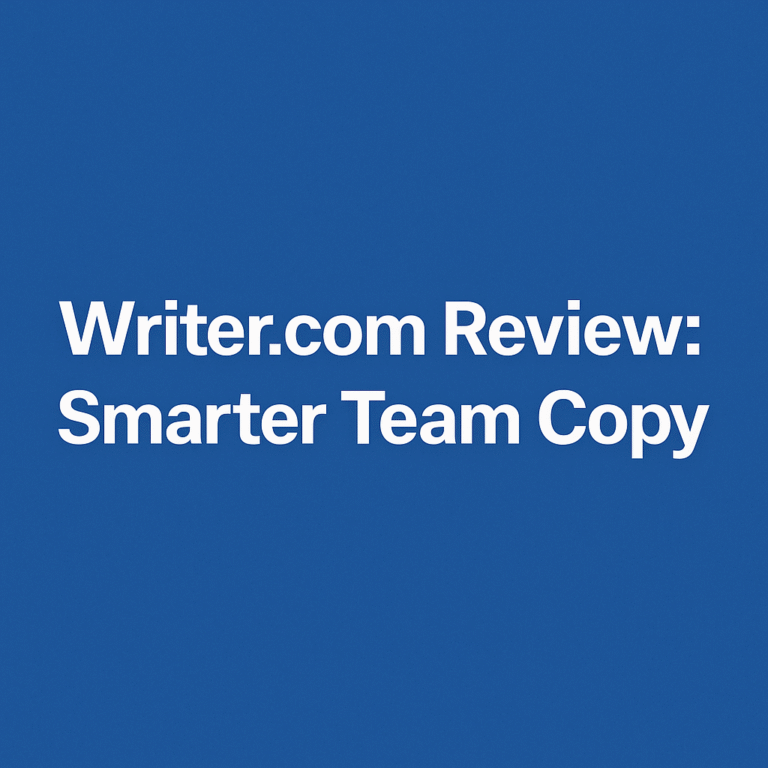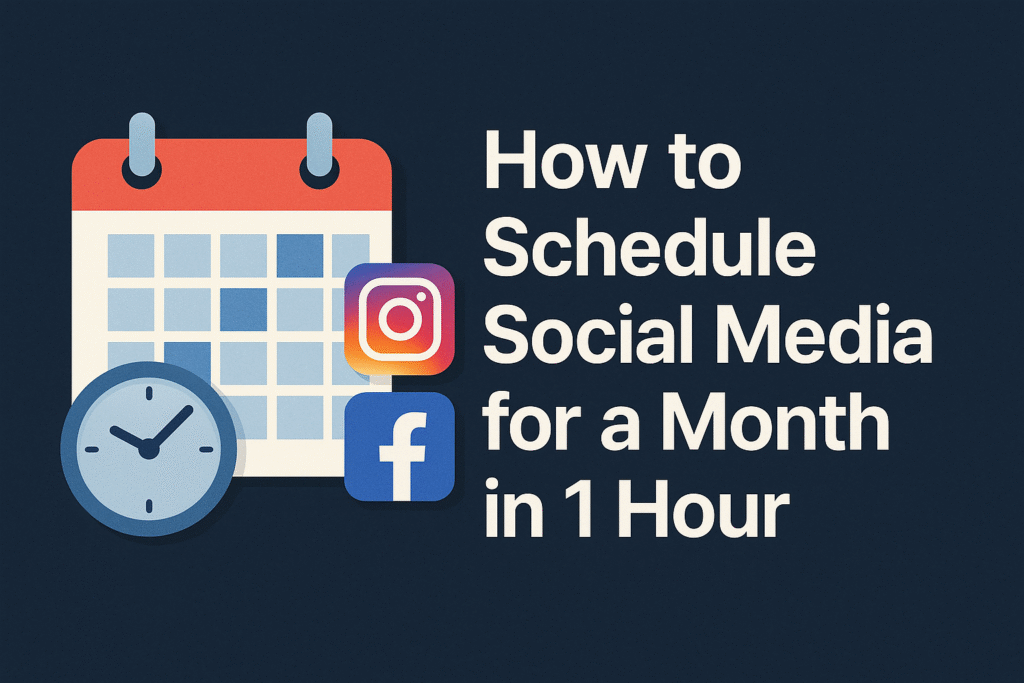
How to Schedule Social Media for a Month in 1 Hour
Let’s face it—social media can feel like a bottomless pit of time. One minute you’re posting an Instagram Reel, the next you’re neck-deep in the TikTok algorithm, wondering where your day went. The good news? You don’t have to live like that anymore. If you’re managing a business, a personal brand, or even just trying to build a presence online, learning how to schedule social media for a month in 1 hour isn’t just a productivity hack—it’s a game changer.
Imagine sipping coffee while your content posts itself, your audience grows on autopilot, and you finally reclaim your evenings. This isn’t a pipe dream—it’s what smart marketers, influencers, and solopreneurs are already doing. And with the right mindset, tools, and flow, you can too.
Why Scheduling Social Media Is Beneficial
Think of scheduling your social media like meal prepping for your brand. When done right, it saves energy, removes daily stress, and ensures consistency. One of the most significant upsides? You can scale without feeling overwhelmed.
Instead of scrambling every morning to figure out what to post, you shift to strategic planning. It opens space for creativity, engagement, and even analytics. Plus, platforms like Facebook, Instagram, and LinkedIn reward consistency with better reach and engagement.
The Advantages of Social Media Scheduling
The perks go beyond convenience:
- Better time management: Free up your workweek.
- Stronger branding: Deliver a unified voice and message.
- Increased engagement: Post when your audience is most active.
- Improved ROI: Schedule promotions in advance and plan around launches.
It’s like driving with GPS instead of guessing your way forward.
Understanding Your Audience
Before you post anything, it’s crucial to know who you’re talking to. Are you addressing busy moms, tech lovers, eco-conscious consumers, or remote professionals? Understanding your audience informs everything—from tone to format to post timing.
Dig into your insights on Instagram, Facebook, or YouTube. What posts get the most likes, shares, and comments? What topics generate the most conversations? The patterns are there—you just have to look.
Knowing Your Audience’s Preferences
Use polls, story questions, or even emails to ask your followers directly. Do they prefer short captions or long-form storytelling? Reels or static carousels? Engaging content isn’t guesswork—it’s a response to what your audience values.
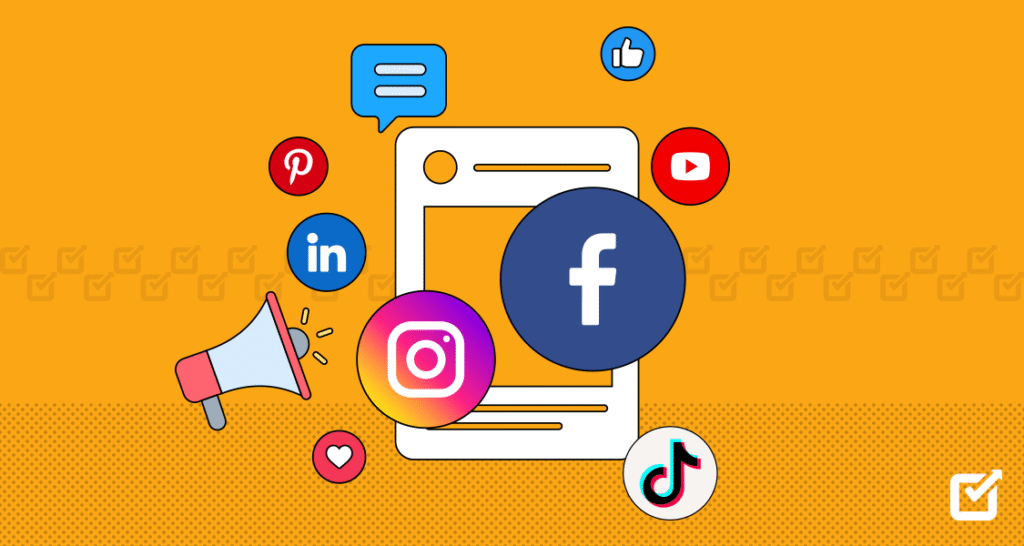
Setting Social Media Goals
What do you want your content to achieve? Is it brand awareness, product sales, email subscribers, or community building? Define your KPIs (key performance indicators) clearly.
A goal without a plan is just a wish. Don’t just post because everyone else is. Post with intention. One business might thrive on educational Reels; another might crush it with testimonials.
Aligning Content with Business Objectives
If you’re launching a product next month, your posts should build anticipation now. If you’re hiring, highlight your company culture. When your content syncs with your business goals, results follow.
Choosing the Right Social Media Platforms
Not every platform deserves your attention. A handmade jewelry brand might blow up on Instagram and Pinterest but fall flat on LinkedIn. Meanwhile, a B2B software company might thrive on YouTube.
Focus your energy on 2–3 platforms where your audience actually hangs out. Go narrow, go deep.
Determining the Best Platforms for Your Content
Each platform has its own language. Instagram is visual. LinkedIn is professional. TikTok is quick, fun, and raw. Pick platforms that align with both your brand style and audience behavior.
Developing a Content Plan
Here’s where the magic begins. Sit down and decide what type of content you want to post each week: tips, behind-the-scenes, reviews, testimonials, promotions, memes, lives, etc.
Make a content matrix—a weekly layout of content types matched with platforms.
| Day | Content Type | Platform |
|---|---|---|
| Monday | Industry Insight | |
| Tuesday | Behind-the-scenes | |
| Wednesday | Quick tip carousel | |
| Friday | Product Highlight |
Mapping Out Monthly Content Ideas
Group ideas into buckets—this makes batching content easier. Some buckets might include:
- Educational
- Entertaining
- Inspirational
- Promotional
- Community-based
Rotate these for a balanced, engaging feed.
Creating a Content Calendar Template
A reusable content calendar template saves time like nothing else. Whether you use Google Sheets, Notion, or Trello, build a simple layout that includes:
- Date
- Platform
- Caption
- Visual
- Hashtags
- Link
- Status (e.g., draft, approved, scheduled)
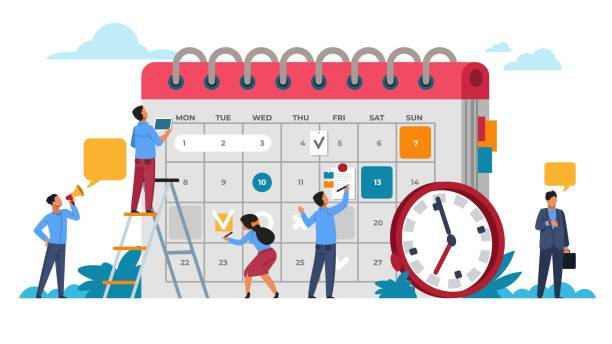
Building an Effective Content Calendar
Once the structure is in place, plug your ideas in. Be sure to align dates with any key events, launches, or seasons.
Batch-creating High-quality Content
Now comes the heavy lifting—but just once a month! Block 2–3 hours to write all your captions and design all visuals. Use Canva or Adobe Express for graphics. Use ChatGPT for caption brainstorming.
Streamlining the Content Creation Process
Write 5 captions in one sitting. Then design all 5 graphics. Then move to the next 5. Avoid switching tasks—it slows you down and drains energy.
Crafting Engaging Social Media Posts
Strong posts start with a hook. Something scroll-stopping. Use emotions, curiosity, or controversy (tastefully). Don’t just talk—start conversations.
Instead of “Our new course is live,” try “Why our students are quitting traditional degrees—our new course is changing everything.”
Designing Compelling Social Media Messages
Pair strong copy with striking visuals. Make sure your image or video complements the emotion or story of the post.
Tailoring Content for Each Platform
It’s a big mistake to copy-paste the same post everywhere. LinkedIn needs professionalism. TikTok wants authenticity. Twitter craves wit.
Adapting Content for Different Networks
Use the same idea—just tweak it. A YouTube tutorial can become an Instagram Reel snippet, a LinkedIn article, and a Facebook Q&A live.

Scheduling Tools for Efficiency
Time to plug in your tools. Use apps like:
- Buffer
- Later
- Hootsuite
- SocialBee
- Publer
- Metricool
These allow you to schedule across platforms with drag-and-drop ease.
Popular Social Media Scheduling Tools
Compare your options:
| Tool | Best For | Notable Features |
|---|---|---|
| Buffer | Simplicity | Browser extension, analytics |
| Later | Visual content | Drag-drop calendar, IG tools |
| Hootsuite | Teams & collaboration | Streams, approvals |
| Publer | Affordability | AI caption generator |
Connecting Your Profiles to a Scheduler
Each tool has its own process, but they’re usually a few clicks away. Log in, authorize the platforms, and voilà—you’re connected.
Linking Social Accounts to a Scheduling App
Make sure you grant all permissions—especially for Instagram Business or Facebook Pages—or the scheduling might fail silently.
Setting Up Posting Times
Use platform insights to find your ideal posting hours. Test mornings vs. evenings, weekdays vs. weekends.
Determining Optimal Post Times
Every audience is different. What works for a fashion page in LA might flop for a B2B page in Berlin.

Automating Social Media Publishing
Once everything is plugged in, let it fly. Queue up your content, schedule it, and trust the machine. Review notifications to ensure posts are firing.
Leveraging Automation for Posting
You can now breathe easy. Your social media engine is running while you sleep, work, or binge your favorite Netflix series.
How to Schedule Social Media for a Month in 1 Hour
Ready for the exact workflow?
- Create content buckets (educational, promotional, etc.).
- Map content types to platforms and dates.
- Brainstorm 30 content ideas using ChatGPT or topic generators.
- Write all captions in one go.
- Design visuals in Canva using templates.
- Plug all into your scheduler.
- Double-check visuals, copy, links, and post times.
- Hit “Schedule All.”
In under 60 minutes, you’re done.
Reviewing and Approving Posts
Always review. Spelling mistakes and broken links happen—even to the best of us. Use Grammarly or a second pair of eyes.
Ensuring Posts are Ready for Publishing
Preview how your feed will look. Visual flow matters—especially on Instagram and Pinterest.
Monitoring Scheduled Content
Once scheduled, monitor metrics. Did something flop? Pause and pivot.
Tracking the Performance of Posts
Use native analytics or third-party dashboards to monitor:
- Reach
- Engagement
- Saves
- Click-throughs
- Comments
Engaging with Your Audience
Don’t ghost your audience. Scheduled content keeps you visible, but human connection keeps you trusted.
Responding to Comments and Messages
Block 15 minutes daily to reply, like, and engage. It signals algorithms and builds real community.
Analyzing Social Media Metrics
Let the numbers tell the story. If educational posts get saved most—do more of them.
Evaluating the Outcomes of Your Posts
Don’t just measure likes—focus on impact. Track DMs, site traffic, and customer inquiries too.
Adjusting Your Strategy Based on Insights
Great marketers don’t just post—they listen and adapt.
Making Data-driven Changes to Your Plan
Each month, review your content performance and tweak your strategy. Maybe replace meme Mondays with carousel Tuesdays.
Maintaining Consistency in Social Media Scheduling
Consistency wins. It tells your audience they can count on you, builds algorithmic trust, and keeps your brand top of mind.
Staying Organized with Social Media Tools
Use ClickUp or Notion for planning, Slack for collaboration, Google Drive for asset storage. It all adds up.
FAQs
What’s the best tool to schedule social media?
Popular options include Buffer, Later, Hootsuite, and Publer. It depends on your needs and platforms.
Can I really schedule a whole month in just 1 hour?
Yes, with batching, templates, and the right tools, it’s absolutely doable.
Do scheduled posts get less engagement?
Not inherently. What matters is content quality and timing—not whether it was scheduled.
What if I need to change a post after scheduling?
All tools allow post-editing. Just hop in and update the caption or visual.
How many times a week should I post?
Depends on the platform. 3–5 times per week per platform is a solid goal.
Do I need to be on every social media platform?
No! Focus on 2–3 platforms where your audience hangs out the most.
Conclusion
In a world where time is your most valuable currency, knowing how to schedule social media for a month in 1 hour is a superpower. It’s about leveraging structure, creativity, and technology to reclaim your schedule while keeping your audience engaged.
Done right, it’s not just about being efficient. It’s about showing up consistently, telling your story beautifully, and scaling your impact.
So go ahead—batch it, plan it, schedule it. And then? Relax. Your content’s got this.


